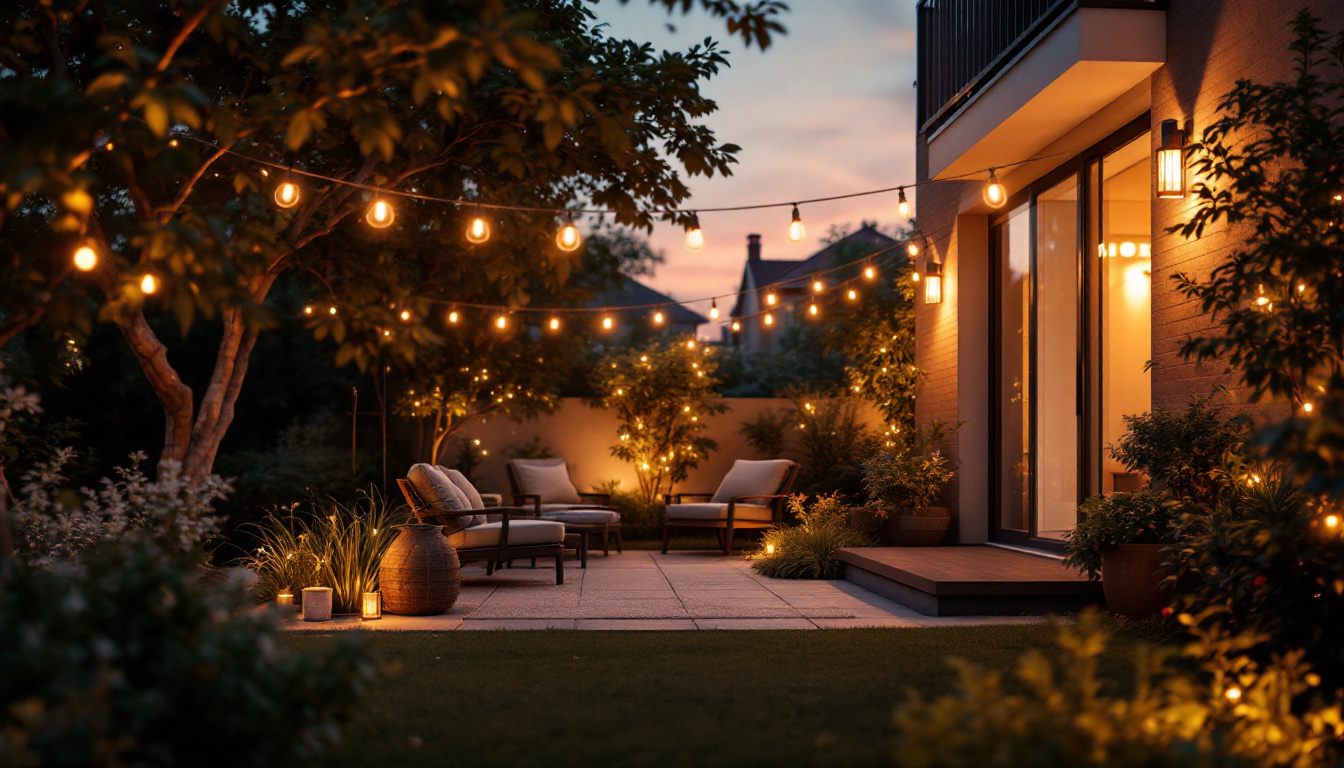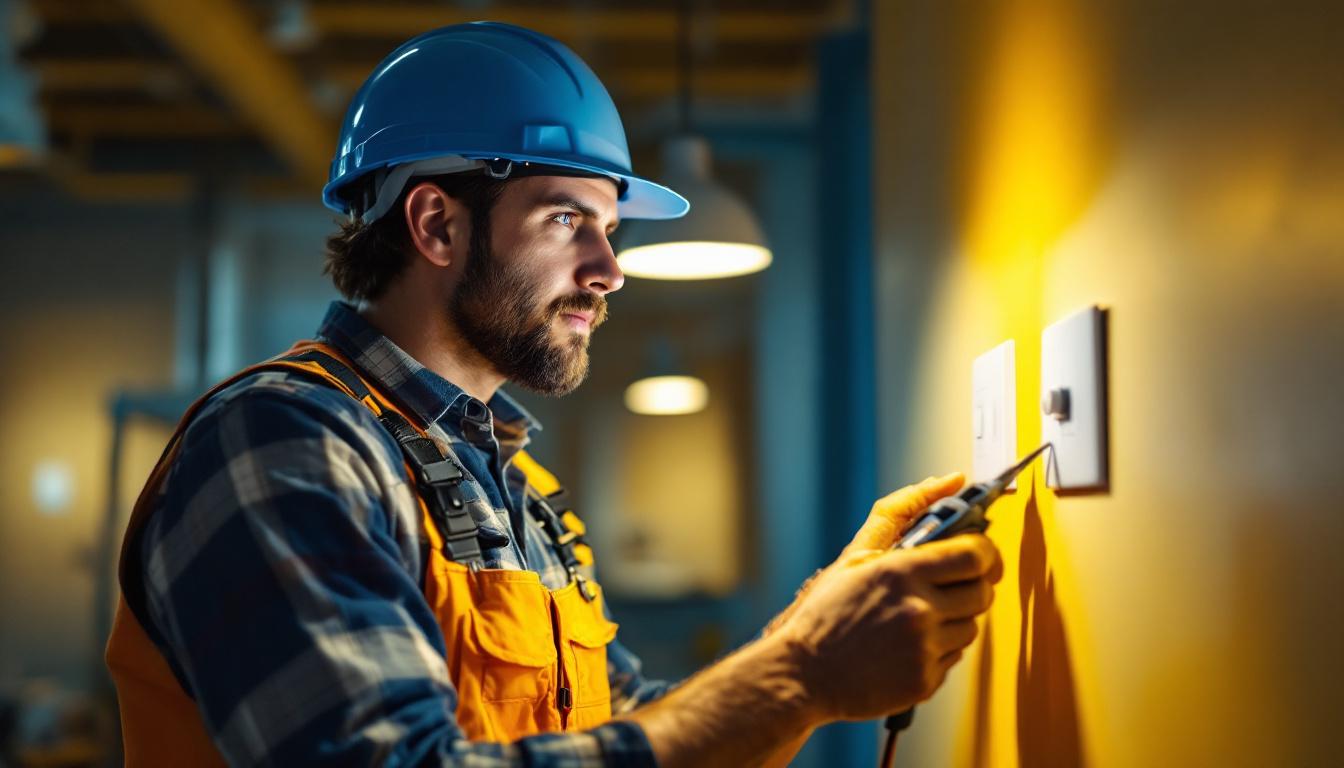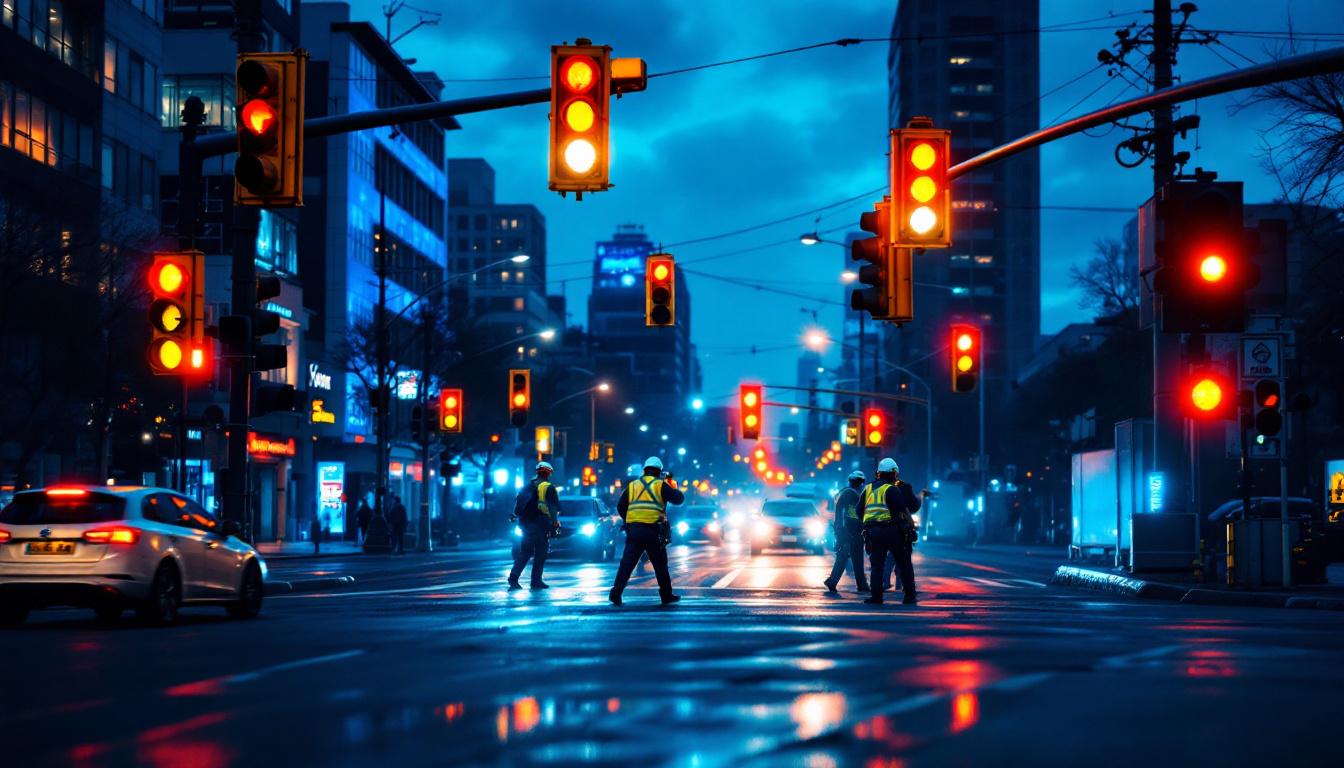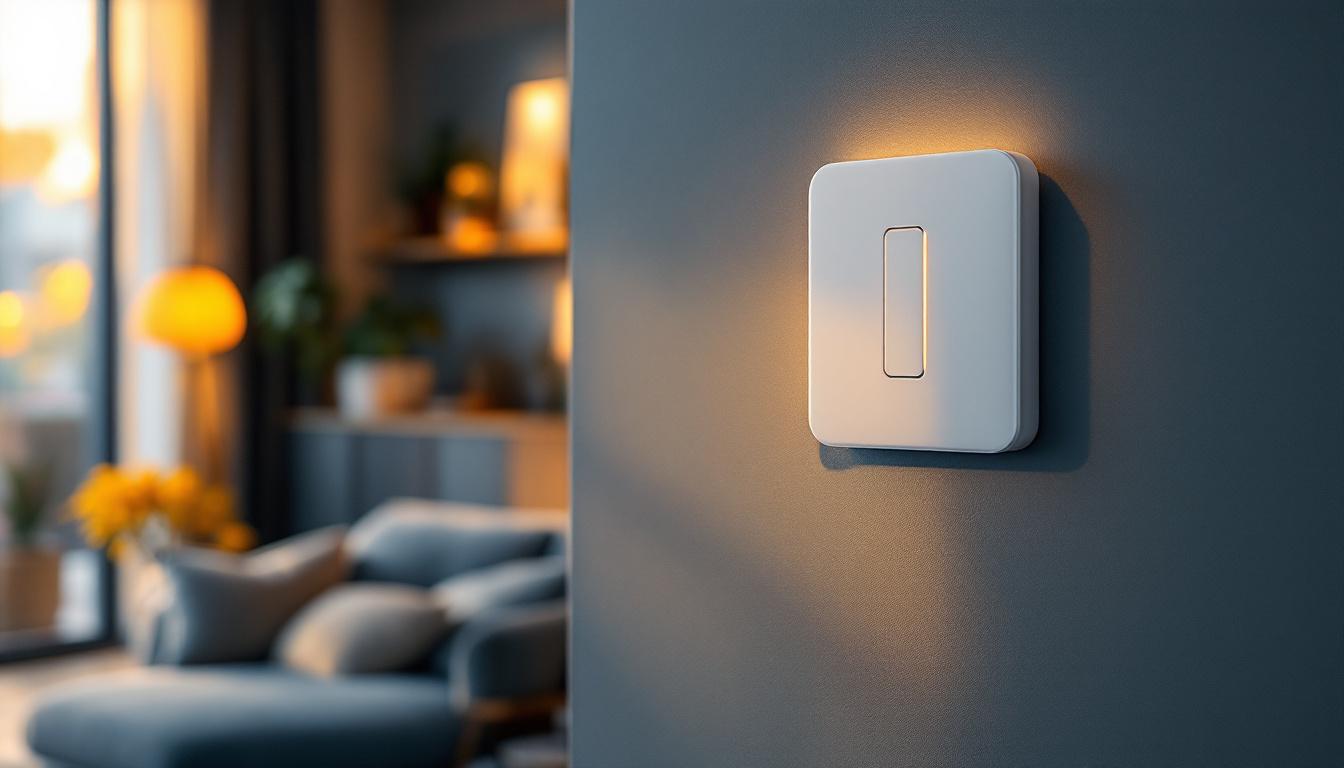
In the realm of outdoor lighting, dusk to dawn lights have become a popular choice for both residential and commercial properties. These fixtures not only enhance security but also add aesthetic value to a space. However, many lighting contractors often overlook key aspects when recommending or installing these lights. Understanding these nuances can significantly improve the quality of installations and client satisfaction.
Dusk to dawn lights operate using a built-in photocell sensor that detects ambient light levels. This technology allows the lights to automatically turn on at dusk and off at dawn, providing a seamless solution for outdoor illumination. However, the effectiveness of this technology can vary based on several factors.
One common oversight is the sensitivity of the photocell sensor. Not all sensors are created equal; some may be too sensitive, causing the lights to turn on during twilight or even on cloudy days. Conversely, others may not activate until it is considerably dark. Contractors should invest time in selecting high-quality sensors that are adjustable and reliable, ensuring they meet the specific lighting needs of a project.
Moreover, the placement of the sensor is crucial. If the sensor is installed in a location that is frequently obstructed by trees, buildings, or other structures, it may not function optimally. Educating clients on the importance of sensor placement can prevent future issues and enhance the overall performance of the lighting system. Additionally, factors such as seasonal changes can affect how light is perceived by the sensor, making it essential to consider the environment where the lights will be installed. For instance, during the fall, leaves may block light, impacting the sensor’s ability to function correctly.
Another aspect that contractors might overlook is the design and aesthetic appeal of dusk to dawn lights. While functionality is paramount, the visual aspect should not be neglected. Clients often desire fixtures that complement their property’s architecture and landscaping.
Choosing the right style, color, and finish can significantly impact the overall look of the outdoor space. Contractors should familiarize themselves with various design options available in the market, from modern sleek designs to more traditional lantern styles. This knowledge allows them to offer clients a range of choices that align with their preferences and the property’s character. Furthermore, energy-efficient options, such as LED fixtures, not only provide a contemporary look but also contribute to sustainability efforts, appealing to environmentally conscious clients. By incorporating aesthetically pleasing and energy-efficient designs, contractors can enhance the value of their services and meet the growing demand for eco-friendly solutions in outdoor lighting.
Energy efficiency is a critical factor in outdoor lighting, especially as sustainability becomes a priority for many homeowners and businesses. Dusk to dawn lights can be energy-efficient, but contractors must be diligent in their selection and installation processes. Properly designed outdoor lighting not only enhances the aesthetic appeal of a property but also contributes to energy conservation efforts, which can significantly reduce a building’s carbon footprint. As awareness of environmental issues grows, clients are increasingly seeking solutions that align with their values, making energy-efficient lighting an essential consideration in any project.
Many contractors still default to traditional incandescent or halogen bulbs when installing outdoor lighting. However, LED bulbs are rapidly becoming the standard due to their longevity and energy efficiency. LED dusk to dawn lights consume significantly less power and have a much longer lifespan, which translates to lower maintenance costs for clients. In fact, while incandescent bulbs may last around 1,000 hours, LED bulbs can last up to 25,000 hours or more, making them a far more sustainable choice.
Contractors should educate clients on the benefits of LED technology, including reduced energy bills and the environmental impact. Providing a cost-benefit analysis can help clients understand the long-term savings associated with LED fixtures, making it easier for them to make informed decisions. Additionally, the versatility of LED lighting allows for a wide range of color temperatures and brightness levels, enabling homeowners to customize their outdoor spaces to suit their preferences and enhance safety during nighttime hours.
With the rise of smart home technology, integrating smart lighting systems into dusk to dawn fixtures is an often-overlooked opportunity. Smart lighting allows for remote control, scheduling, and even integration with home security systems. This can enhance the functionality and security of outdoor spaces, providing homeowners with peace of mind while also optimizing energy use. For example, smart systems can be programmed to turn on only when motion is detected, further reducing unnecessary energy consumption.
Contractors should consider recommending smart dusk to dawn lights that can be controlled via smartphone apps or voice-activated systems. This not only adds convenience for clients but also positions the contractor as a knowledgeable professional in modern lighting solutions. Furthermore, the ability to monitor energy usage through smart apps can empower clients to make real-time adjustments, ensuring that their outdoor lighting remains efficient and effective. By embracing these technological advancements, contractors can help clients create a more responsive and sustainable outdoor environment that meets their evolving needs.
Proper installation is crucial for the effectiveness and longevity of outdoor dusk to dawn lights. However, there are several best practices that contractors may overlook during the installation process.
One of the most critical aspects of installation is ensuring that the wiring is done correctly. Poor wiring can lead to issues such as flickering lights, inconsistent performance, and even electrical hazards. Contractors should always adhere to local electrical codes and standards, ensuring that all connections are secure and protected from the elements.
Additionally, using weatherproof materials and fixtures can help prevent damage from moisture and corrosion. This is particularly important in areas with extreme weather conditions. Educating clients on the importance of proper installation can help them appreciate the value of quality work.
After installation, many contractors may overlook the importance of testing the lights and making necessary adjustments. It is essential to check that the photocell sensor is functioning correctly and that the lights are illuminating the intended areas effectively.
Taking the time to test the system ensures that any issues can be addressed immediately, leading to higher client satisfaction. Additionally, providing clients with guidance on how to adjust settings or troubleshoot minor issues can empower them and enhance their overall experience.
Outdoor lighting systems require regular maintenance to ensure they continue to function optimally. However, many contractors do not discuss maintenance plans with their clients, which can lead to problems down the line.
Encouraging clients to conduct regular inspections of their dusk to dawn lights can help identify potential issues before they become significant problems. This includes checking for dirt or debris that may obstruct the photocell sensor, ensuring that bulbs are functioning correctly, and inspecting wiring for any signs of wear or damage.
Contractors can offer maintenance services or provide clients with a checklist of tasks to perform regularly. This proactive approach can help extend the lifespan of the lighting system and maintain its effectiveness.
As technology continues to evolve, the options for outdoor lighting will also improve. Contractors should keep clients informed about new products and technologies that may enhance their existing systems. This could include upgraded bulbs, more advanced sensors, or even entirely new fixtures that offer better performance and energy efficiency.
By fostering an ongoing relationship with clients, contractors can position themselves as trusted advisors in outdoor lighting solutions. This not only benefits the client but also helps to build a loyal customer base for the contractor.
In the pursuit of providing excellent outdoor lighting solutions, contractors can sometimes fall into common traps that diminish the quality of their work. Recognizing and avoiding these mistakes can lead to better outcomes for both contractors and their clients.
One frequent mistake is underestimating the amount of light needed for a specific area. Each outdoor space is unique, and factors such as landscaping, building height, and intended use must be considered when determining the appropriate lighting levels. Contractors should conduct thorough assessments of the area to ensure that the lighting meets the client’s needs.
Providing clients with a lighting plan that outlines the proposed fixtures, their placement, and the expected light output can help manage expectations and ensure satisfaction. This level of detail demonstrates professionalism and expertise.
Another critical oversight is failing to consider local regulations regarding outdoor lighting. Many municipalities have specific guidelines regarding light pollution, fixture height, and brightness levels. Not adhering to these regulations can lead to fines and require costly adjustments.
Contractors should familiarize themselves with local codes and ensure that their designs comply. This not only protects the contractor from potential legal issues but also enhances the reputation of their business as a responsible and knowledgeable provider.
Outdoor dusk to dawn lights offer a multitude of benefits, from enhancing security to improving the aesthetic appeal of a property. However, lighting contractors must be aware of the common oversights that can impact the effectiveness of these installations. By understanding the technology, prioritizing energy efficiency, adhering to best practices in installation, and fostering ongoing relationships with clients, contractors can elevate their services and ensure long-term satisfaction.
In a competitive market, attention to detail and a commitment to quality can set contractors apart. By addressing these often-overlooked aspects of outdoor lighting, they can provide superior solutions that meet the evolving needs of their clients.
Ready to avoid the common pitfalls and elevate your outdoor lighting installations? Choose LumenWholesale for your dusk to dawn lighting needs and experience the difference quality makes. Our spec-grade lighting products are designed to meet the highest industry standards, ensuring your projects shine with reliability and performance. Say goodbye to inflated markups and hello to unbeatable wholesale prices, free shipping, and the convenience of hassle-free bulk buying. Don’t compromise on quality or value—click to Wholesale Lighting at the Best Value and light up your work with confidence.

Explore how the rise of smart light switches is transforming the landscape for lighting contractors.

Discover the intricate technology behind traffic lights and how it revolutionizes the approach of lighting contractors.

Discover how lighting contractors can gain a competitive edge with strategic night flag lighting.

Discover the hidden aspects of smart home light switches that even seasoned lighting contractors might miss.